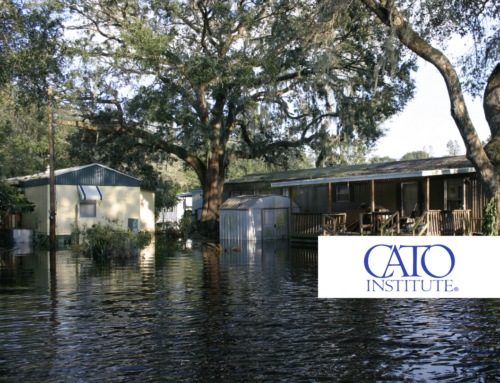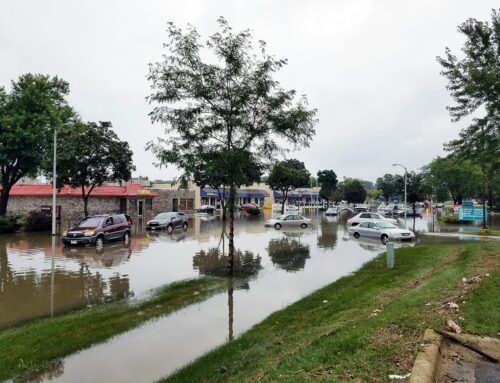After six months behind closed doors, the House and Senate adopted H.R. 3080 The Water Resources reform and Development Act (WRrDA – pronounced Wer-dah, we’re keeping the reform “r” lower case because there is far too little of it). The legislation sets policy and authorizes water projects for the U.S. Army Corps of Engineers to build, usually in conjunction with a non-Federal party. This year’s bill authorizes more than $26 billion of projects with federal taxpayers on the hook for more than $16 billion.
In addition to green-lighting projects, the bill sets policy. Unfortunately, a lot of it wasn’t good policy. The federal share for maintaining harbors was increased. A whole cockamamie scheme for increasing and allocating harbor maintenance spending was announced, but nowhere in those provisions was anything about setting priorities or making hard decisions. In fact, a few projects that have had taxpayers subsidizing the pumping of sand onto specific beaches for 50 years (!) were set to end, but instead of wishing them well and moving on, Congress extended all of them three more years with a possible (read: probable) 15 more years to come. Zombie beaches back from the dead and at 68 they will be eligible for Medicare!
The bill also creates a new scheme for authorizing future projects. In the past the Corps decided what water resource needs (navigation, flood control, etc) to review and recommend to Congress for approval to study further, then with additional green lights, which to construct. In this new plan, local interests will nominate projects, the Corps will evaluate that they are at least minimally qualified and then is to recommend all of them to Congress. Considering that every nomination will be coming from a constituent who will benefit from the project and be “hurt” if it’s rejected, we’re skeptical that Congress will ever say no, meaning billions worth of projects could be added to the already massively unmanageable construction backlog.
Speaking of the Corps’ backlog of approved but not constructed projects, it is currently estimated at $60-80 billion. We say estimated because no one – not even the Corps – knows exactly where it stands (although in a positive provision the new bill requires the Corps to identify all the projects on its to-do-list and report it to the public). To put that in perspective, the Corps gets less than $2 billion in construction funding annually. In an attempt to tackle this, Congress has directed the Corps to find deadbeat projects that total at least $18 billion in federal expense. Account for the $16 billion in new projects just authorized and the result is $2 billion in net backlog reduction. Clearly we have a long way to go, but at least it's a start.
One thing that is notable with the bill compared to its predecessors is the lack of earmarks. The last WRDA, in 2007, had hundreds and hundreds of earmarked projects and studies, many of which have languished. And while some have argued that the delay in passing H.R. 3080 was attributed to lack of earmarks giving lawmakers a stake, we’d like to point out that there was also a seven-year hiatus between the porky 2007 WRDA and its equally porky predecessor in 2000. So try again earmark apologists. In fact, while we are not enamored with all of the policy, WRrDA is the most policy heavy WRDA since at least 1986. That’s a good start.
But “without earmarks” is not the same as “without waste.” Just look at Morganza to the Gulf—the Great Wall of Louisiana: 98 miles and $10 billion worth of levees and flood gates the Corps even admits would not be cost-justified if they used the same accounting rules as other federal agencies.
Committee leaders are promising a return to the purportedly regular two-year WRDA cycle. We actually hope so, because there are a lot of policy changes that have to happen to make the Corps work better. The first is prioritizing projects on the basis of national need, the second is narrowing the Corps focus to truly federal, not parochial, actions, third is reorganizing the 19th century Corps for the 21st century world, and last, but certainly not least, is dramatically reducing the backlog to realistic proportions.











Get Social